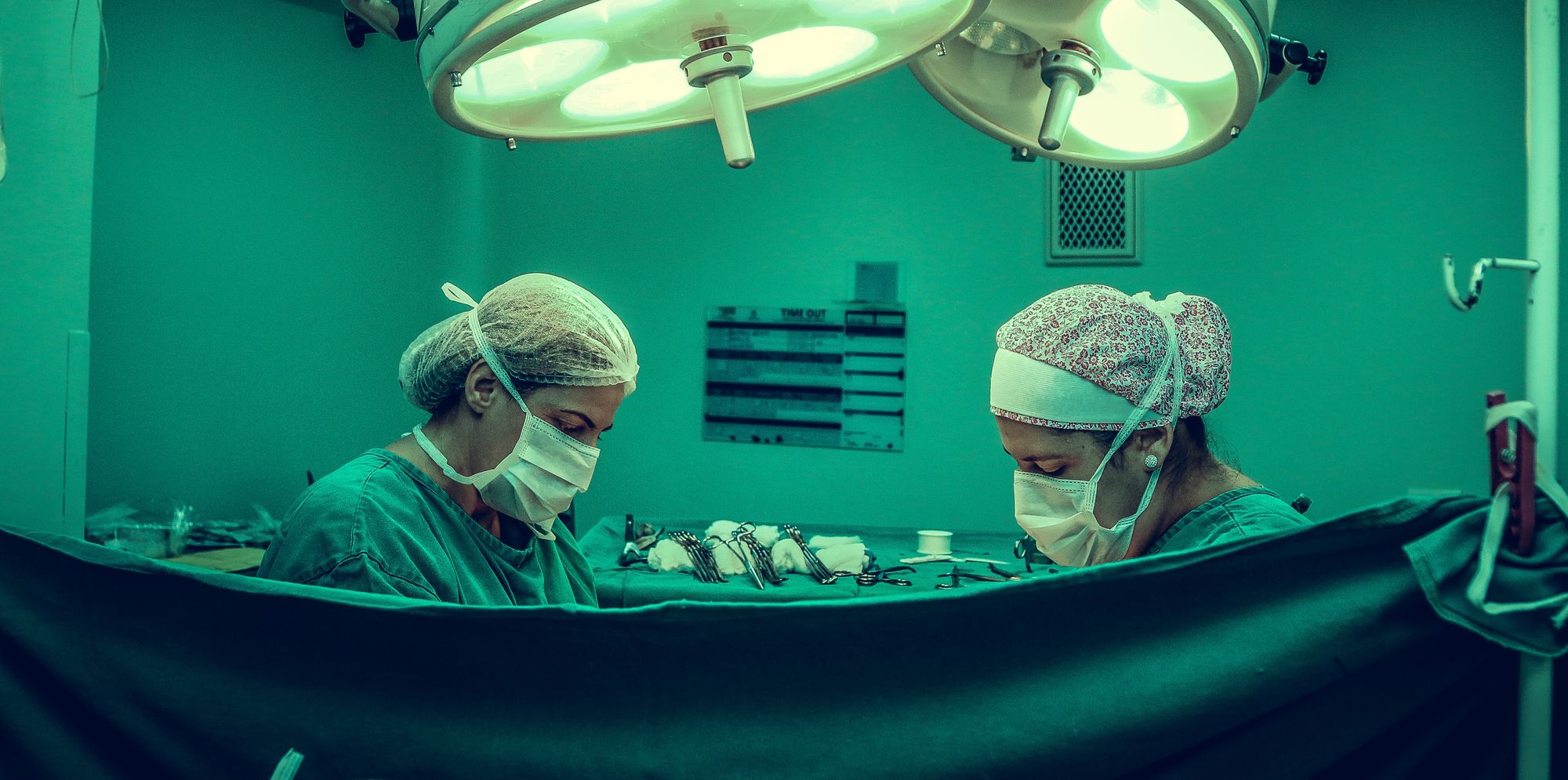In times of economic hardship, financial speculators often rush to gold and silver as a safer place to invest their money.
However, as the global economy heads into a COVID-fuelled recession, investors are seeing the healthcare benefits of precious metals and their role in nanotechnology in the fight against coronavirus.
“The antimicrobial applications of silver started in ancient times in domestic products like silver plates and pitchers,” researchers explain in the peer-reviewed journal Antibiotics. “With that in mind, there continue to be domestic applications of silver, particular for surface treatments.”

Other metals, such as copper, gold, and zinc have also been found to have antiviral properties.
Scientifically, silver works on microbes in three different ways.
As the financial journal Investing News, reports, “Firstly, a silver cation (a positively charged ion) can punch holes in bacteria cell walls by reacting into the outer mesh-like layer of the bacteria. The second interaction involves silver ions entering the bacteria and preventing cellular respiration. Lastly, silver can interrupt DNA and its replication cycle inside a cell.”
As a study into silver by the University of Arkansas explains, “The researchers observed that silver ions were causing paired strands of DNA in the bacteria to separate, and the binding between the protein and the DNA to weaken.”
Consequently, silver is applied in minute amounts onto a wide range of medical equipment and supplies. It is used in bandages, catheter lining, dental materials, coatings for medical instruments, bone implants, and numerous other medical applications.
“Biocides are a growing sector, demand is expected to continue rising in the future,” said CPM Group’s Rohit Savant at a recent presentation on silver.
Today, technology has expanded to include the application of silver in nanoparticle form. With the onset of the coronavirus, newer product lines have begun using silver nanoparticles as an antimicrobial in face masks.
The latest breakthrough for silver nanoparticles, has been in a technology that can embed them into fabrics, creating a cleaner material for use in bed linen, curtains, upholstery, and clothing.

Philip Newman of Metals Focus, which produces the Silver Institute’s World Silver Survey, is one such believer in the potential of using of silver in textiles and garments. Although, given the tiny quantities of silver needed to make an anti-bacterial or anti-viral material, it is unlikely that this field will have any impact on silver markets.
Where it will make a difference is in the way people stay healthy.
Already, Prague-based AG CHEMI GROUP has struck an agreement with nanotechnology specialists to produce NANO AB PP-25: a range of fabrics which, according to the company’s CEO Igor Sevcenko, have, “… active bactericidal effects, killing 99.99% of all known bacteria and virus.”

The new nanofabric can be made from both organic and synthetic materials, is washable, and can be made into all of manner items. Hospital gowns, bed linen, pillowcases, face masks, textiles for seats in hospital waiting rooms and on public transport, tablecloths in restaurants and cleaning cloths in kitchens; all could appreciate the new power found in silver - especially investors.
Photo credit: Pexels, Anja from Pixabay, Pexels, & Pexels